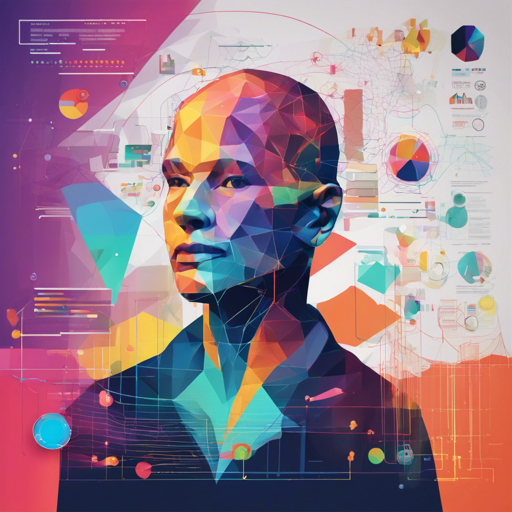Recognizing emotions in speech is a cutting-edge task in artificial intelligence, leading to more human-like interactions. In this article, we will delve into how you can utilize the Hubert-Large model for Emotion Recognition, ensuring you can capture emotions effectively from audio data.
What is Hubert-Large?
The Hubert-Large model is a powerful tool designed for Emotion Recognition tasks. Based on the S3PRL approach, it is specifically tailored for analyzing speech audio. At its core, Hubert-Large is pretrained on audio samples at a rate of 16kHz, which is crucial for achieving accurate emotion classification.
How to Use Hubert-Large for Emotion Recognition
To make the process user-friendly, let’s break down the steps involved in using the Hubert-Large model for emotion recognition in audio files.
1. Setting Up the Environment
- Ensure you have Python installed along with the necessary libraries. Specifically, you would need:
datasetstransformerstorchlibrosa
- Install the libraries if you haven’t done so:
pip install datasets transformers torch librosa
2. Preparing Your Audio Data
Before you start using the model, ensure that your audio input is sampled at 16kHz, as follows:
import librosa
def load_audio(file_path):
audio, _ = librosa.load(file_path, sr=16000, mono=True)
return audio
By utilizing the above function, you can ensure your audio files are in the correct format for processing.
3. Running the Emotion Recognition Model
You can choose from two approaches: using the model via the Audio Classification pipeline or directly coding it.
a. Using the Audio Classification Pipeline
from datasets import load_dataset
from transformers import pipeline
# Load the dataset
dataset = load_dataset('anton-l/superb_demo', 'er', split='session1')
# Initialize the classifier
classifier = pipeline('audio-classification', model='superb/hubert-large-superb-er')
# Classify the first audio file
labels = classifier(dataset[0]['file'], top_k=5)
b. Direct Model Usage
import torch
from datasets import load_dataset
from transformers import HubertForSequenceClassification, Wav2Vec2FeatureExtractor
# Load the model and feature extractor
model = HubertForSequenceClassification.from_pretrained('superb/hubert-large-superb-er')
feature_extractor = Wav2Vec2FeatureExtractor.from_pretrained('superb/hubert-large-superb-er')
# Load and process dataset
dataset = load_dataset('anton-l/superb_demo', 'er', split='session1')
inputs = feature_extractor(dataset['file'], sampling_rate=16000, padding=True, return_tensors='pt')
# Make predictions
logits = model(**inputs).logits
predicted_ids = torch.argmax(logits, dim=-1)
labels = [model.config.id2label[_id] for _id in predicted_ids.tolist()]
Understanding the Code: An Analogy
Think of the Hubert-Large model as a sophisticated translator at an international event. Just as a translator listens carefully to understand the nuances and emotions expressed in different languages, Hubert-Large listens to audio clips, processing them to detect the emotions conveyed.
For example, the initial setup where we load and preprocess audio data is akin to the translator preparing by listening to the speaker before interpreting their intentions. The classification pipeline or direct model usage reflects the actual translation process where the translator conveys the message accurately to the audience based on the feelings detected.
Troubleshooting Common Issues
While working with the Hubert-Large model, you might encounter some common issues. Here are a few solutions:
- Incorrect Audio Sample Rate: Ensure that your audio files are sampled at 16kHz. If you get errors related to audio quality, revisit your audio loading process.
- Import Errors: Make sure all necessary libraries are installed and imported properly. If you receive import errors, check your installation.
- Model Loading Issues: If the model fails to load, confirm that the model name is correctly spelled and is available in the Hugging Face model repository.
For more insights, updates, or to collaborate on AI development projects, stay connected with fxis.ai.
Conclusion
With the Hubert-Large model for Emotion Recognition, you have the tools to bring emotion into artificial intelligence-driven conversations. By following these steps, you can seamlessly integrate emotion detection into your applications.
At fxis.ai, we believe that such advancements are crucial for the future of AI, as they enable more comprehensive and effective solutions. Our team is continually exploring new methodologies to push the envelope in artificial intelligence, ensuring that our clients benefit from the latest technological innovations.

